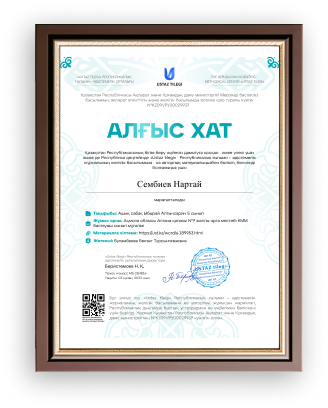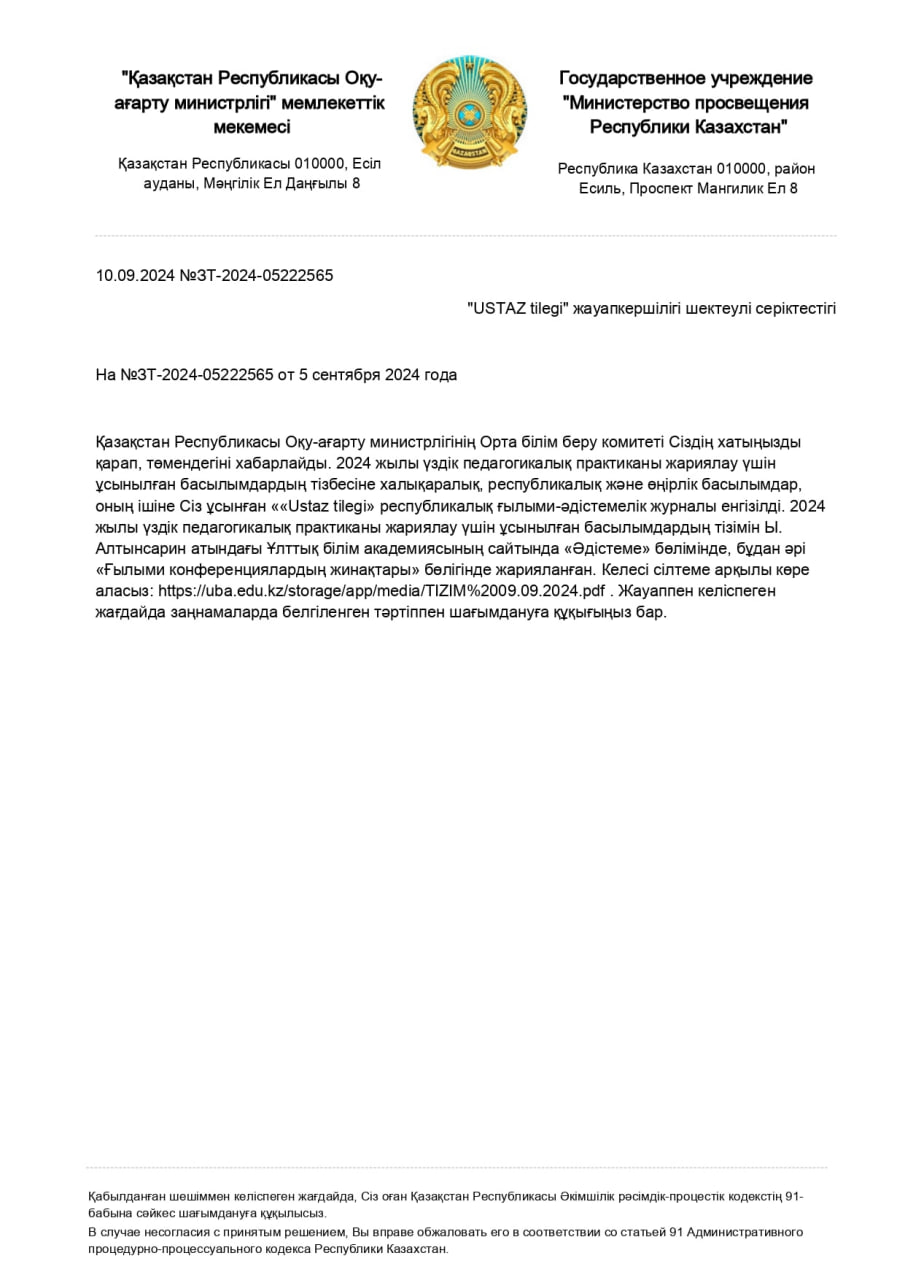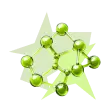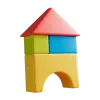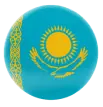|
Learning
objectives
|
10.3.3 Explain and justify their own point of view on a
range of general and curricular
topics
10.5.1 Plan, write, edit and proofread work at a text
level with little or no support on a range of general and
curricular topics
10.5.6 write coherently at a text level using a variety
of connectors on a growing range of general and curricular
topics
10.5.7 Use
independently an appropriate layout on a growing range of general
and curricular topics
|
|
Begining
5
min
|
GREETINGS
The teacher sets the lesson objectives, letting
students know what to anticipate from the
lesson.
Read the title of the
module
Space
and ask Ss to suggest what they think the
module will be
about
(the module is about space, mysterious
events, space colonisation and
CGI).
Go through the objectives list to stimulate
Ss' interest in the
module
|
Greeting
Students do the
instructions
|
|
|
|
Middle
30
min
|
Working with power
point
Step 1.
Teacher shows the
first slide and asks students to discuss with their pairs on the
question “What are the elements of
the science fiction genre?” (While they are discussing
Teacher monitors and listens to their answers. You can help weak
students)
Step 2.
Teacher shows slides. According to these
definitions and bullet points students must give examples of
science fiction films. (Ex: the Matrix, Star Wars, Avengers, The
Martian, Avatar, etc.) And they should explain why they think
so.
(While they explain their point of view, teacher
monitors and listens to their answers, and makes notes on common
mistakes that students make)
Step 3.
Teacher asks students “What is the difference
between Sci-fi and fantasy films?” Students answer and teacher
elicits answers. Teacher shows the comparison between Sci-fi and
Fantasy, which is on slides 6 and 7. Slide 7 is an illustrated
comparison, ask the students to say the differences between them.
(Ex. On the second picture a knight is probably facing a dragon,
dragon is unexacting magical creature, therefore that’s an example
of fantasy, etc.) To make sure that everyone understood, close the
slide and ask the question one more time
Step 4.
“Students, what are the major themes of sci-fi?”
(While they explain their point of view, teacher monitors and
listens to their answers, and makes notes on common mistakes that
students make)
After they finish, they present their ideas to
the class. You can show slide 8 as your own example at the
beginning or at the end.
Step 5.
If
the group is weak, they can work in groups. This activity must be
like a contest on checking creativity of students. When they have a
competition, they finish quicker, and they have good products at
the end.
|
Students discuss with their pairs on the
question
Students read the definitions and discuss the
bullet points
Students think on this question, as it is a
tricky one.
Students remember the films they watched and
brainstorm ideas in pairs or groups of 4
students
Students create their own short sci-fi story in
pairs.
|
Verbal
evaluation
Mutual
avaluation
Individual avaluation
|
SB p. 97
|
|
End
5
min
|
REFLECTION
The
class comes back to lesson objectives and discusses what they have
achieved and what has left.
Self-assessment. How well do I
understand?
4 -
I can do this and explain it to someone
else.
3 -
I understand and can do this by myself.
2 -
I need more practice.
1 -
I don't understand this yet.
Hometask: Draw some pictures related
to their own sci-fi story
Saying goodbye
|
|
Self-assessment
|
|

